Book: Home-made Europe, published by Fuel
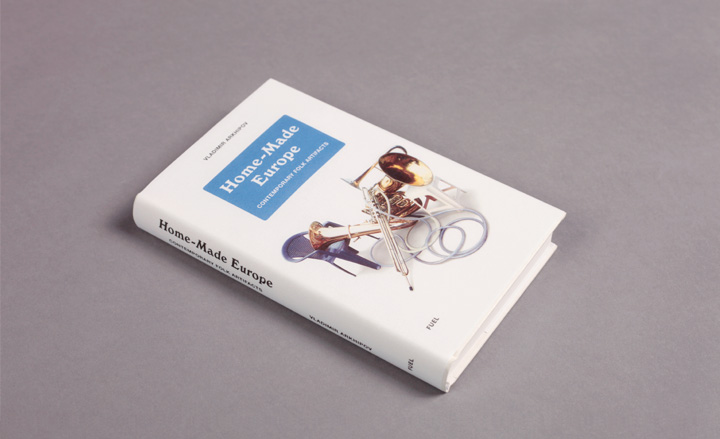
Amid the gleaming new products from the furniture mega brands at the Salone del Mobile this year, we discovered a refreshing homage to home-spun DIY. Vladimir Arkhipov’s new compendium, published by Fuel design group and launched at Paul Smith in Milan, is illustrated with the stuff of trash or treasure, depending on where you’re standing.
The Russian artist and collector criss-crossed Europe in the name of research, tracking down ordinary people who have addressed their basic household needs with extraordinary inventions, often involving bits and bobs of other, less essential household objects.
Chronicling his discoveries from Albania to Wales, Arkhipov – whose widely acclaimed 2006 collection ‘Home-Made Contemporary Russian Folk Artifacts’ spawned this new and more varied edition – reveals a nautilus machine constructed from a car’s axle and a drawing stool; an heirloom ladle moulded from a melted-down German bomber, and a ski-bob made out of an old bicycle.
‘Many of these objects look like art,’ says Jeremy Deller, the Turner Prize-winning artist who wrote the book’s foreward, ‘but in actual fact art looks like, if not aspires to be like, these objects.’
But just as curious as these configurations of scrap metal, clothespins and chicken wire are the stories that accompany them. They speak of an innate desire to create, whether by necessity or simply for the love of getting some dirt under their fingernails. At least that’s something all the exhibitors at Salone have in common.
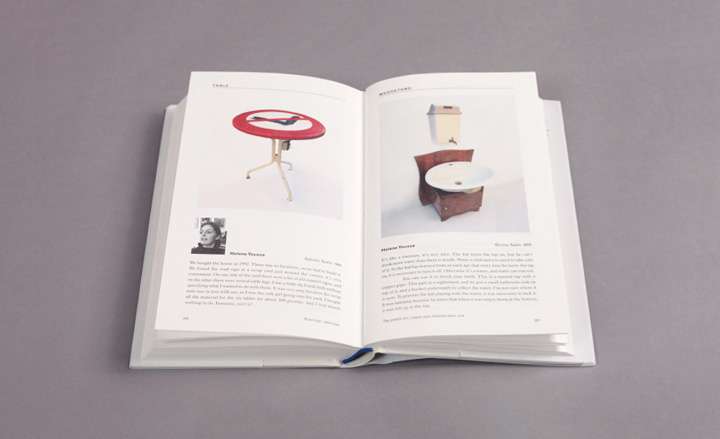
The Russian artist criss-crossed Europe to find ordinary people who have addressed their household needs with extraordinary inventions, often involving bits of other household objects. From left, a table fashioned from a road sign, and a washstand made from a plastic bin, copper pipe, beside table and sink, both by Helen Yousse in Gauses, Spain
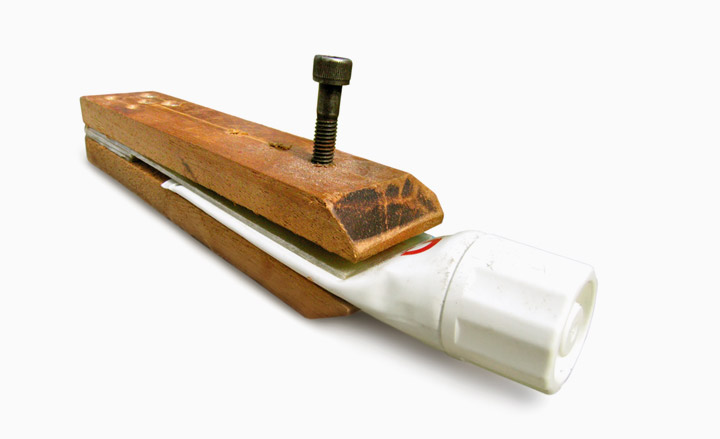
Toothpaste tube squeezer, invented by Fred Becker in Tulla, Ireland, 2006. 'When toothpaste came in metal tubes you could squeeze out the very last bit. But when the tubes changed to plastic it was impossible,' says Becker. 'So I invented this device'
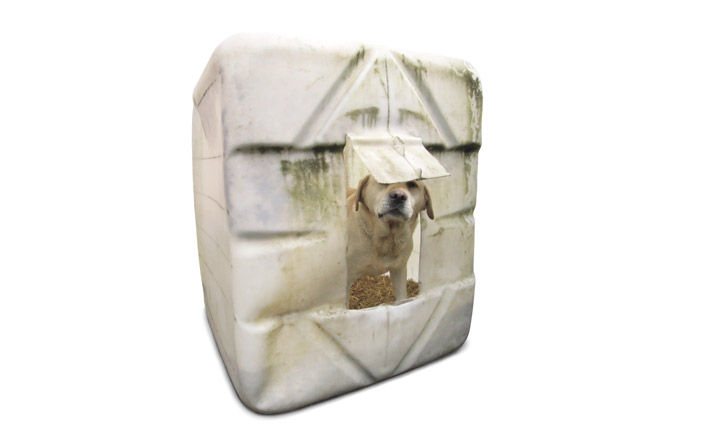
Kennel, by John McNamara in Kilkishen, Ireland, 2004. McNamara fashioned this home for his dog, Bob, from a plastic oil drum
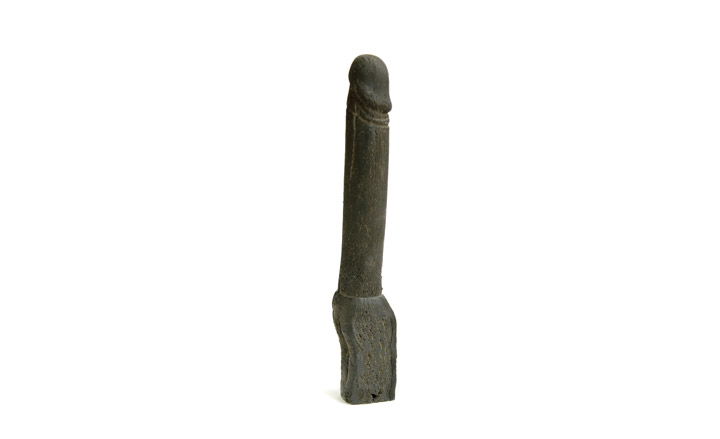
Dildo, made by Olga (full name withheld at creator's request), in a prison in Yaroslavl region, Russia, 1993. 'I was young so I was frisky. And where's a girl to go without a man?' she says. So she found a piece of rubber and carved it up with a knife when nobody was looking. 'I still keep it in case it comes in handy again,' she says
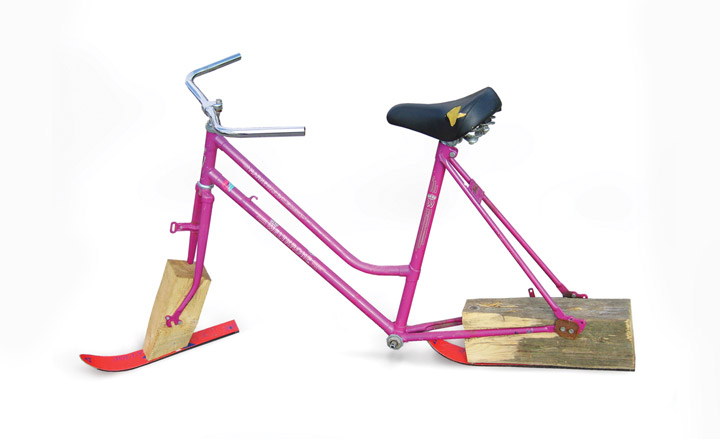
A ski-bob made from bicycle frame, wood, skis and screws. Creator unknown, Aigen, Austria
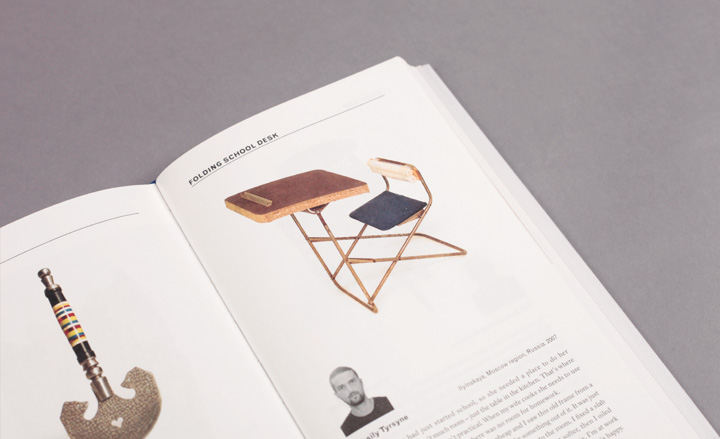
Folding school desk made by Vassily Tyrsyne, in Ilyinskaya, Moscow region, Russia, 2007. When there wasn't room for his daughter to do her homework, Tyrsyne made this folding desk with an old frame from a scrapheap. 'I fixed a slab of chipboard for the desk, and made the back of the seat softer, then I oiled the screws so it was easier to fold'
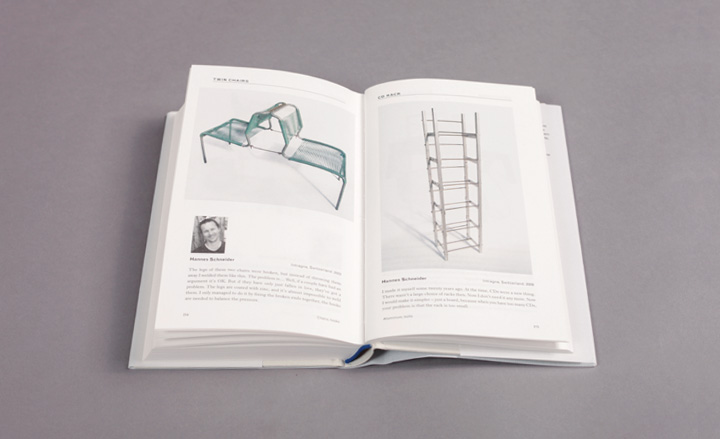
From left, 'twin' chairs made from chairs and hooks, and a CD rack made from aluminium and bolts. Both by Hannes Schneider, in Intragna, Switzerland.
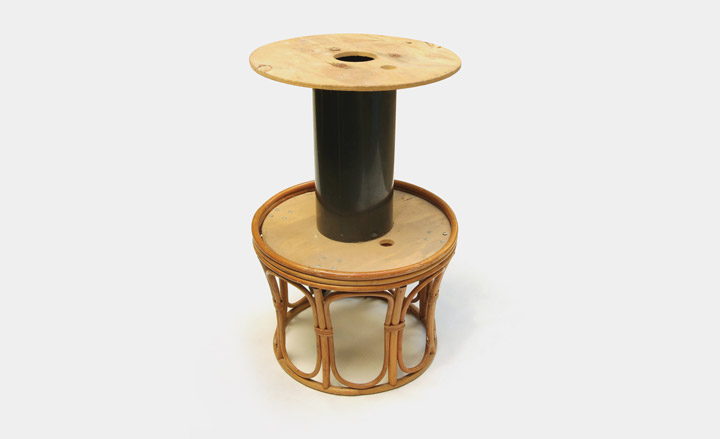
Computer table made from cable roll and round stool by Renaud Beaurepaire, in Bordeaux, France, 2009
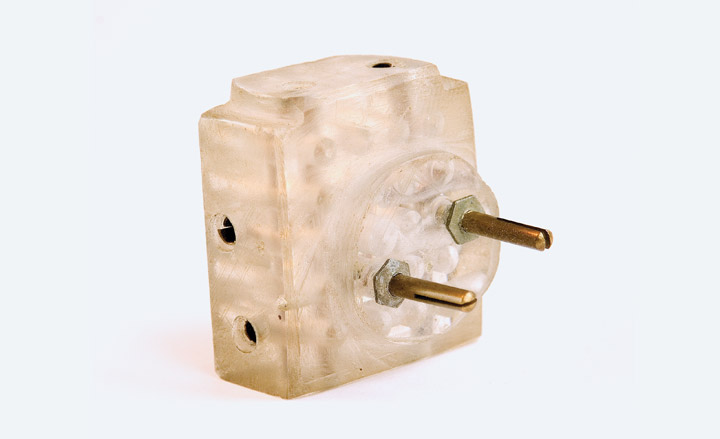
Five-way plug made from Perspex, brass screws, and copper pins, by Boris Sergeyevitch Ivanov, in Moscow, Russia, 2000
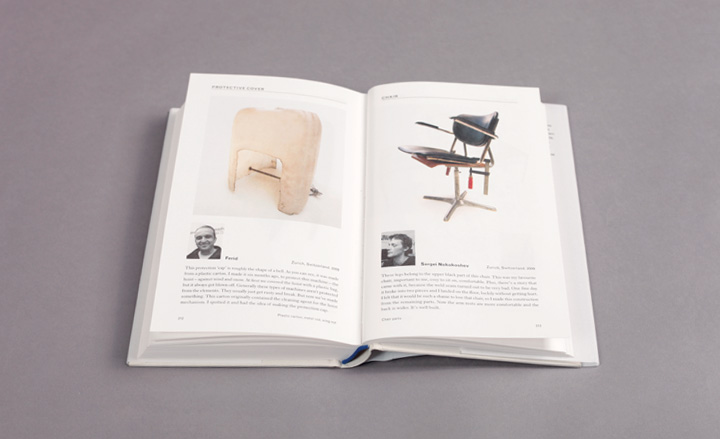
From left, a protective cover made from plastic carton, metal rod and wing nut by Ferid, and a chair made from chair parts by Sergei Nekokoshev, both in Zurich, Switzerland, 2009
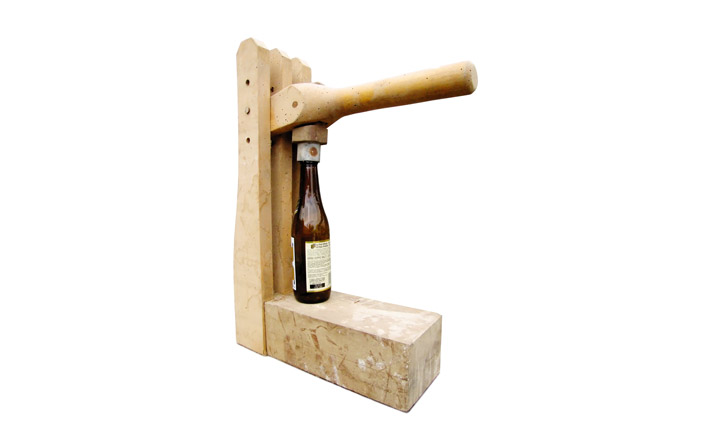
Bottle corker by Pat Minogue, in O'Callaghan's Mills, Ireland, 1991.'I used to make beer, home-made beer. I made this to fit the right size bottles. I would just leave the new cork there and go - BANG! It's for putting tops on Belgian been bottles'
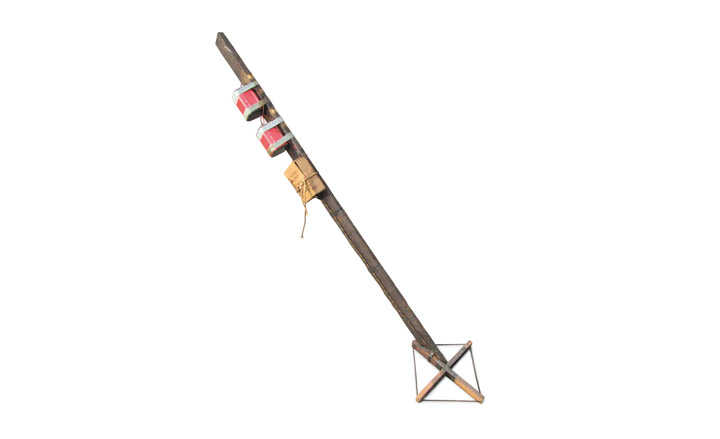
Metal Detector made from radio parts, wood, batteries and wire, by Keith Towler, in Tulla, Ireland, 1994. Keith made this because his brother-in-law thought there were guns buried somewhere on his farm. He fixed the device onto a wooden handle and set about trying to find them
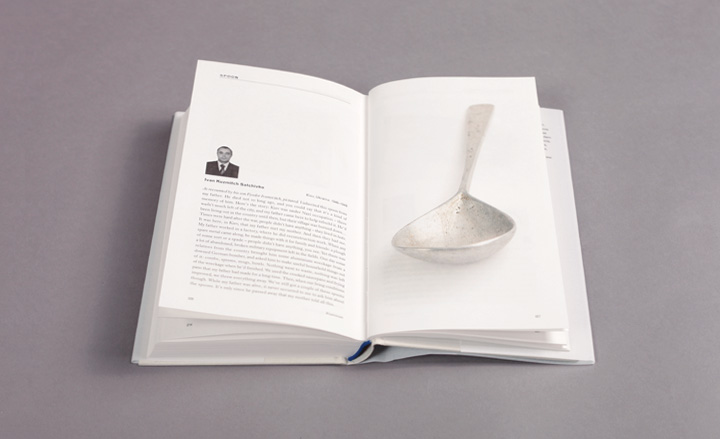
Spoon by Ivan Kuzmitch Satchivko in Kiev, Ukraine, 1946-48. Satchivko created this spoon when times were tough in post-war Kiev, and household goods were in short supply. Says his son Fyodor Ivanovitch: 'One day some relatives from the country brought him some aluminium wreckage from a downed German bomber, and asked him to make useful household things out of it: combs, spoons, mugs, bowls. Nothing was left of the wreckage when he'd finished'
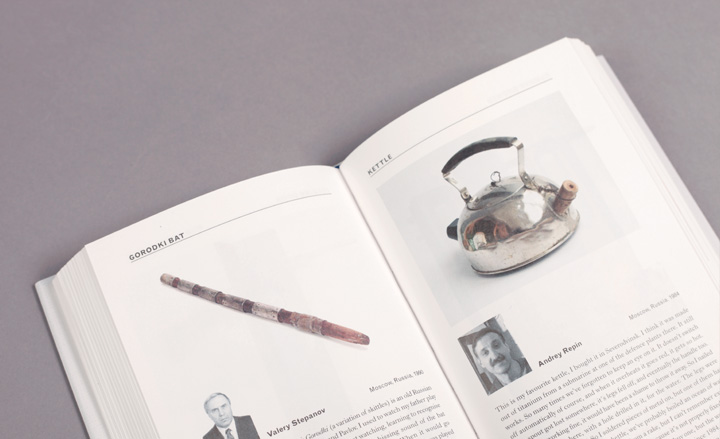
From left, Gorodki bat made from wood and metal by Valery Stepanov, 1990, and a kettle made from titanium, wooden rake handle and wire by Andrey Repin, 1984, both in Moscow, Russia, 1984. Says Repin of the kettle: 'a kettle is like a friend, a life companion... You usually throw them away when they burn out, but this one never dies'
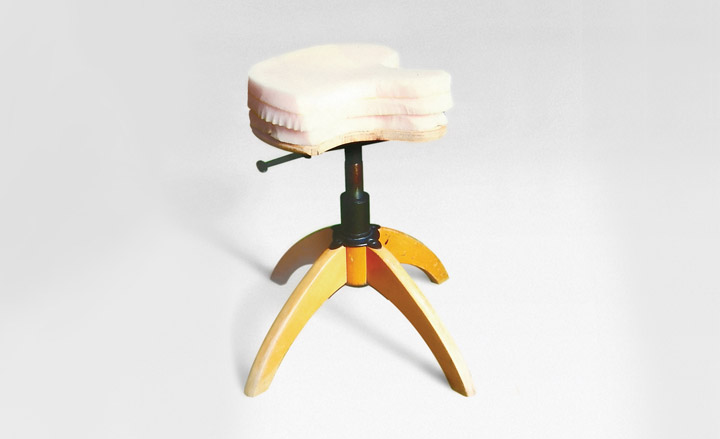
Stool, by Matthias Winzen, in Baden-Baden, Germany, 2004. 'I made it a week ago, to help with my posture, because I suffer from backache', says Winzen. 'It's better if I can make it, then I can see if it works, and I can experiment with it'
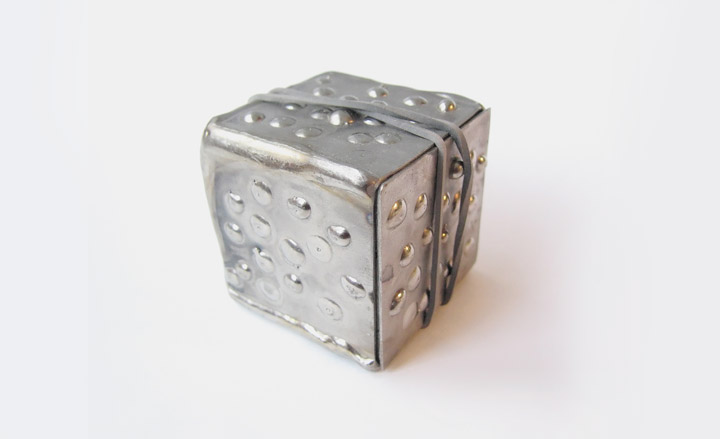
Table tennis ball case by Albina Leonidovna Falko, in Perm, Russia, 1985. Table tennis balls were hard to find in shops in 1980s Perm. Says Falko's son Mikhail Turbinksy: 'One day I complained to my mother saying that it would be nice to make some sort of a small box so the ball wouldn't get damaged, and as a result I got this wonderful piece here. It's made from titanium. On top of that it was argon-welded together with some kind of aeroplane material.'
Wallpaper* Newsletter
Receive our daily digest of inspiration, escapism and design stories from around the world direct to your inbox.
Based in London, Ellen Himelfarb travels widely for her reports on architecture and design. Her words appear in The Times, The Telegraph, The World of Interiors, and The Globe and Mail in her native Canada. She has worked with Wallpaper* since 2006.
-
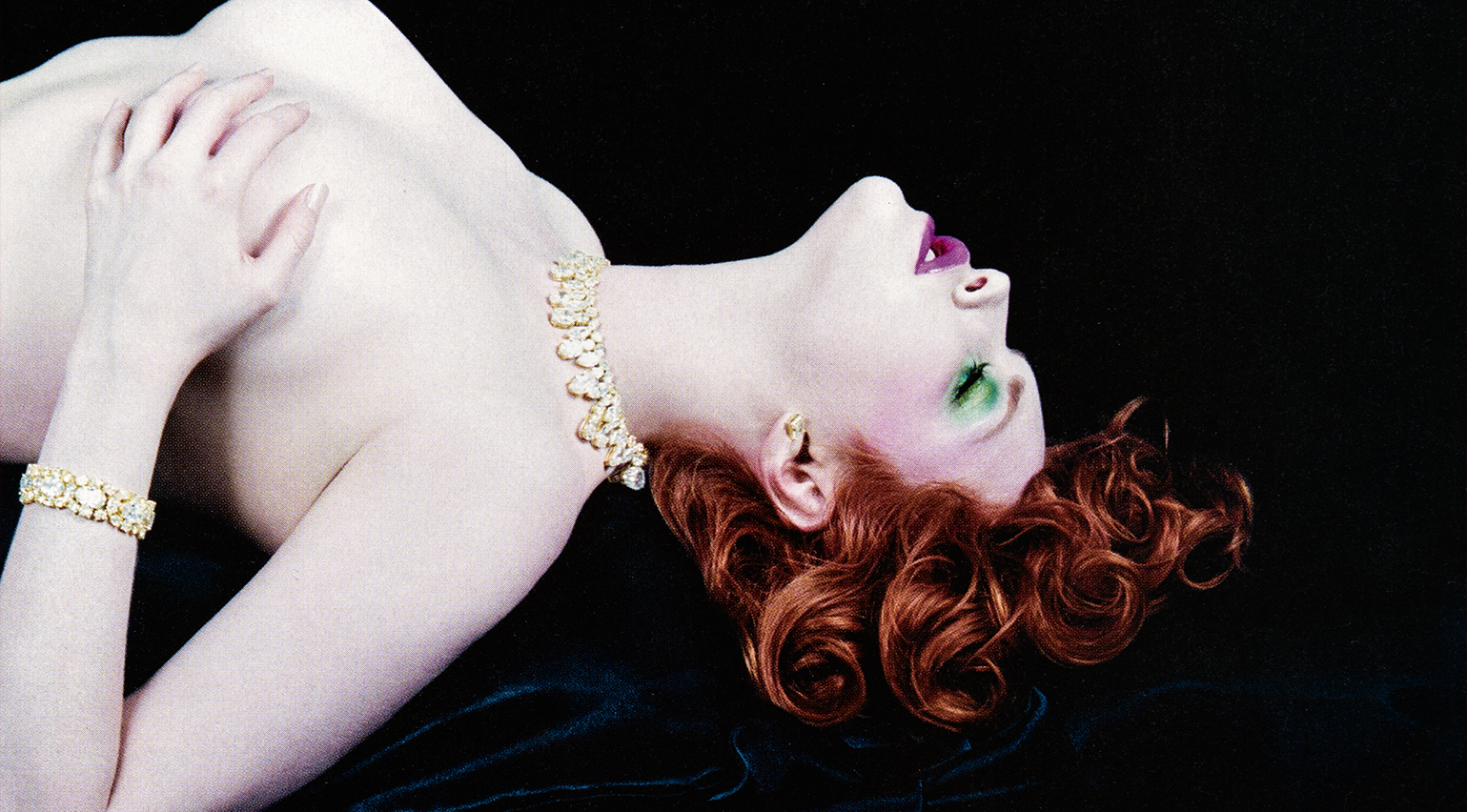 Sex, scent and celebrity: what perfume ads of the 2000s reveal about consumer culture today
Sex, scent and celebrity: what perfume ads of the 2000s reveal about consumer culture todayIn All-American Ads of the 2000s, the latest instalment of Taschen’s book series chronicling print advertising across ten decades, a section on perfume is a striking precursor for consumerism in the age of social media
-
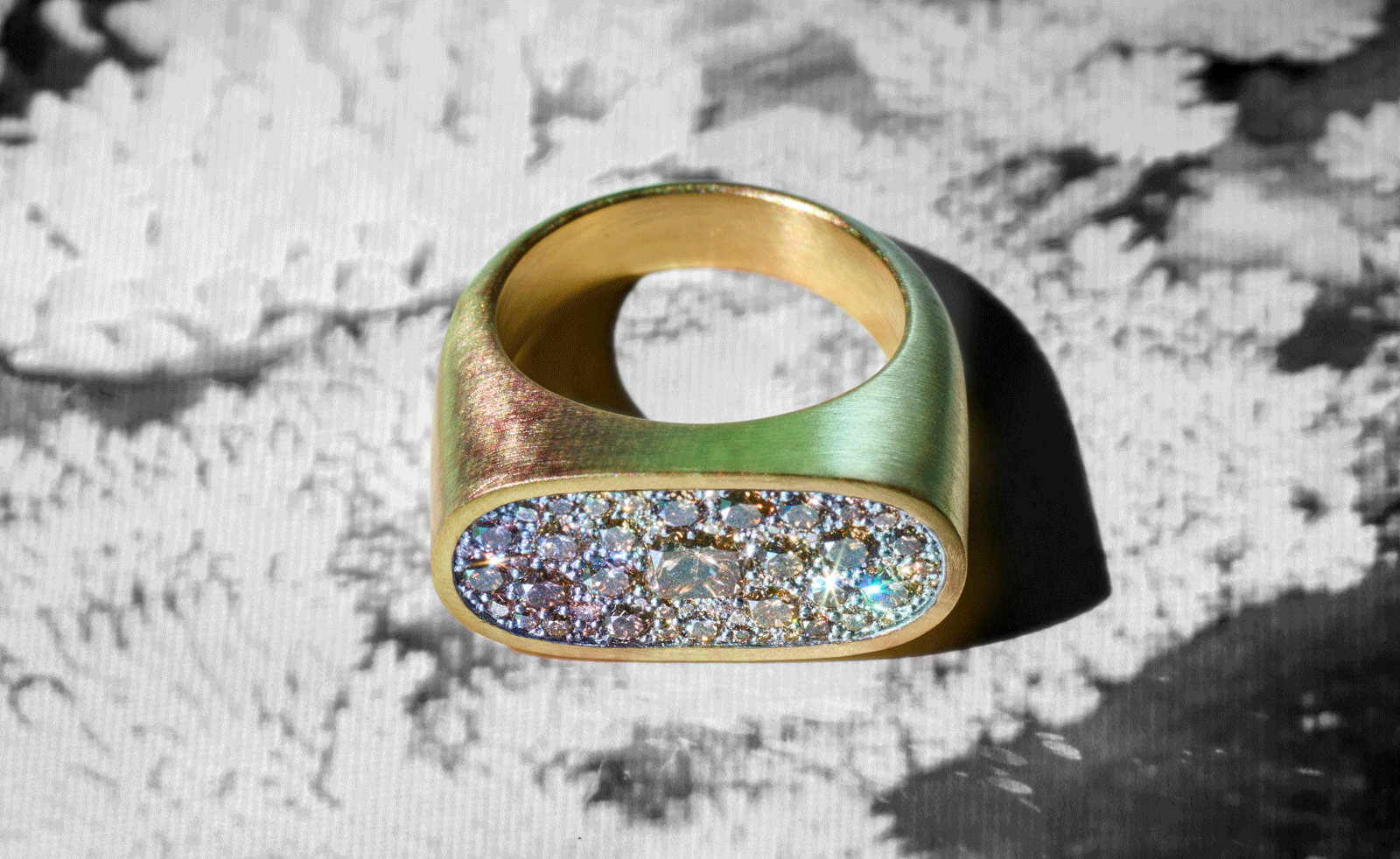 Shola Branson draws from the antique and modern for his must-have jewellery pieces
Shola Branson draws from the antique and modern for his must-have jewellery piecesShola Branson's jewellery in SMO gold combines a range of eclectic influences
-
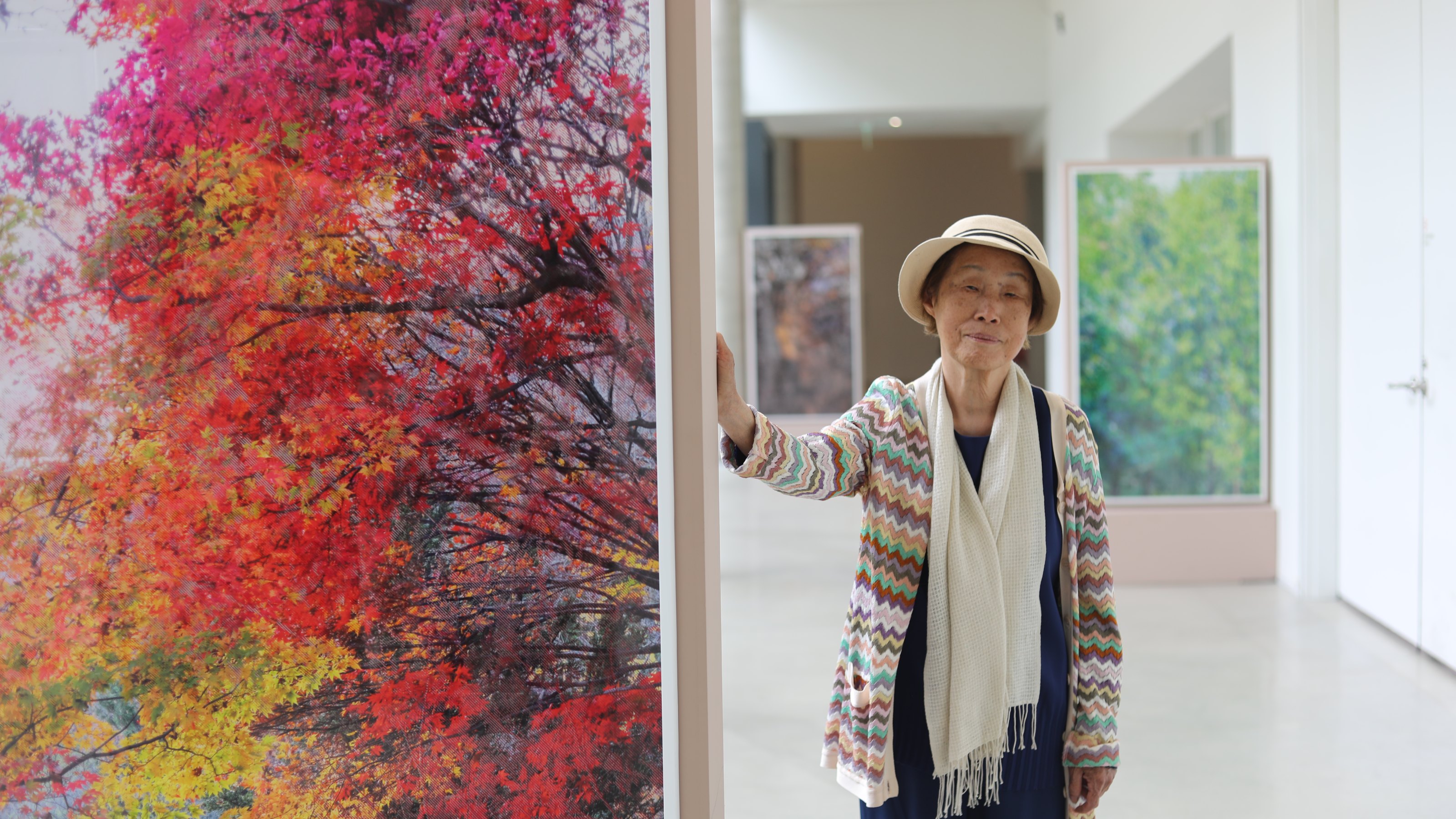 The exquisite landscape architecture of Jung Youngsun is celebrated at SMAC in Venice
The exquisite landscape architecture of Jung Youngsun is celebrated at SMAC in VeniceTimed to coincide with the Venice Biennale, the new San Marco Art Centre opened with a show on the work of South Korean landscape architect Jung Youngsun
-
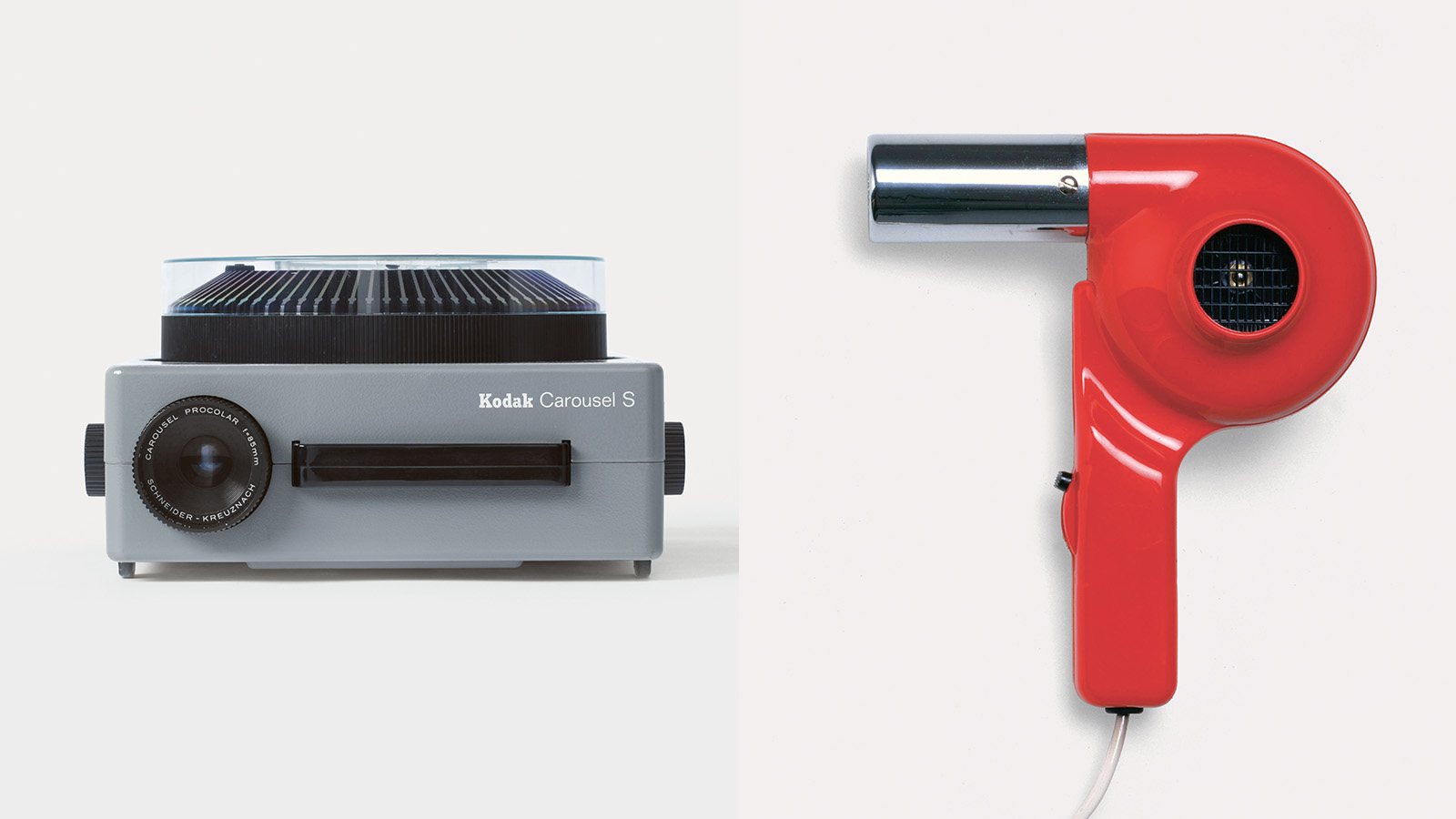 Masters of midcentury modern design and their creations spotlighted in new book
Masters of midcentury modern design and their creations spotlighted in new book‘Mid-Century Modern Designers’ is a new book from Phaidon celebrating those who shaped the period and their notable creations, from furniture to objects
-
 Rooms with a view: a new book celebrates the Italian approach to interior design
Rooms with a view: a new book celebrates the Italian approach to interior designLaura May Todd's survey of Italian interiors is the perfect antidote to January gloom, taking a look inside 50 distinctive Italian homes
-
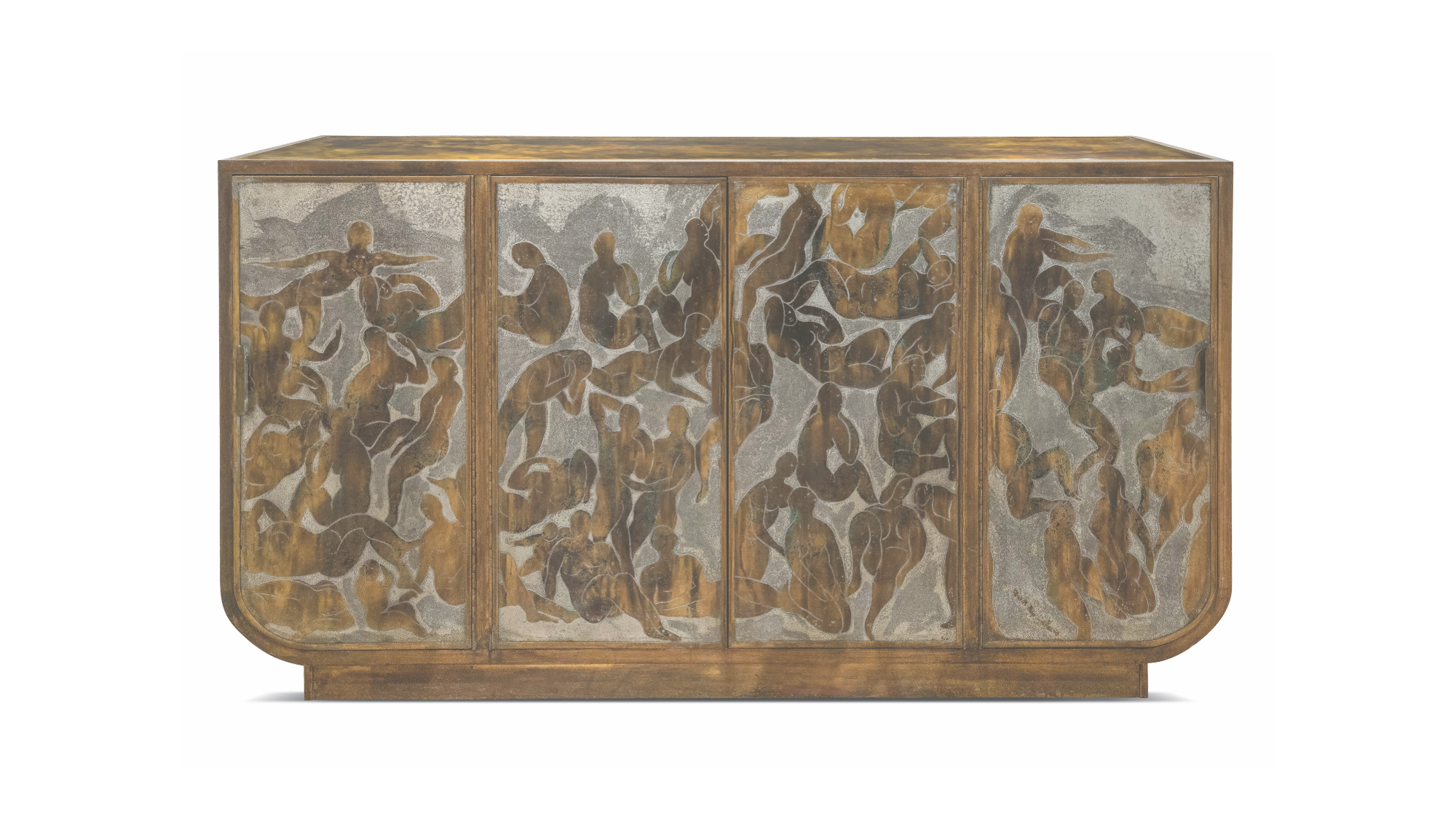 Discover the alchemy of American artists Philip and Kelvin LaVerne
Discover the alchemy of American artists Philip and Kelvin LaVerneThe work of Philip and Kelvin LaVerne, prized by collectors of 20th-century American art, is the subject of a new book by gallerist Evan Lobel; he tells us more
-
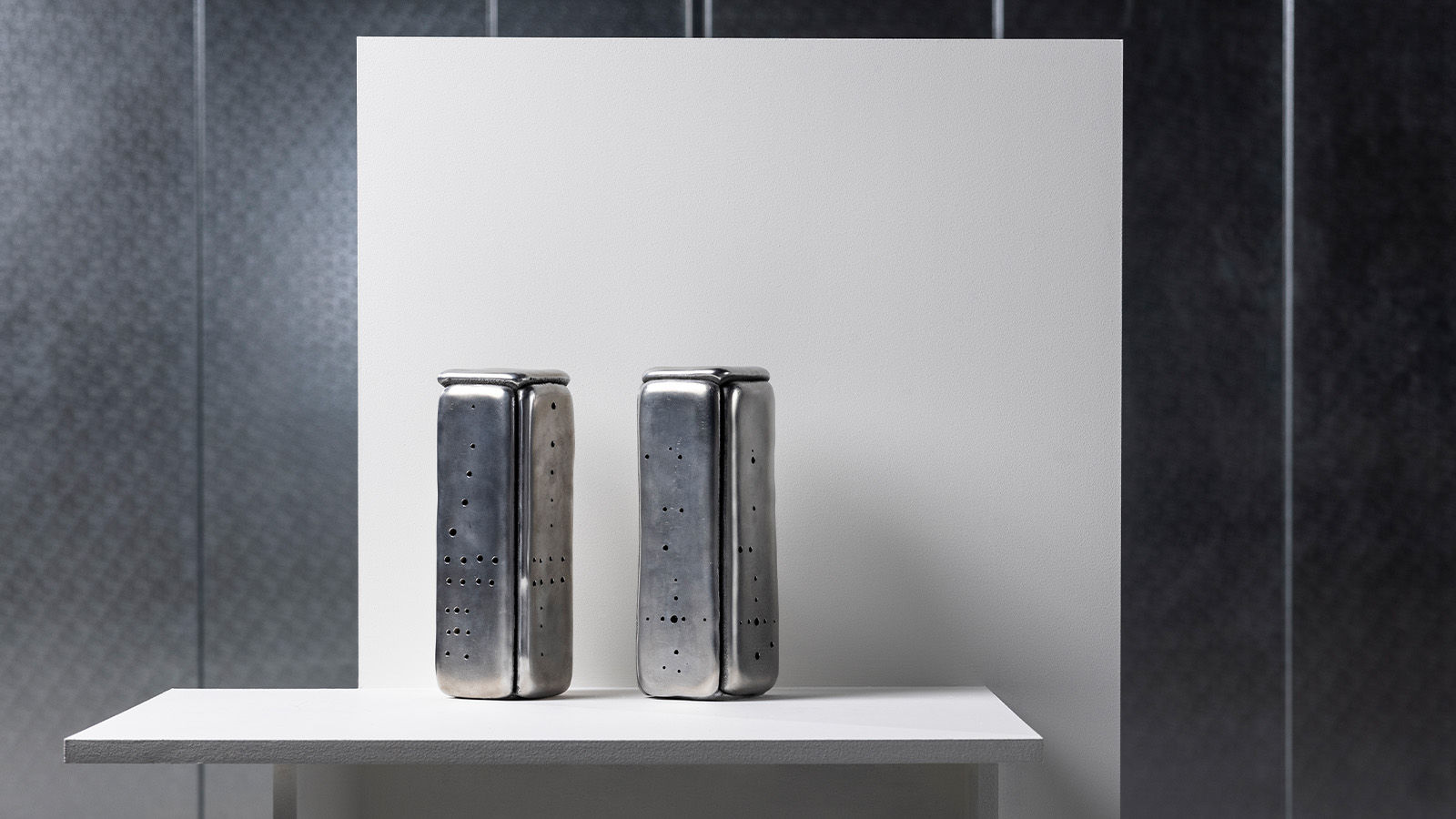 20 pairs of bookends celebrate contemporary Scottish design and Dundee’s literary heritage
20 pairs of bookends celebrate contemporary Scottish design and Dundee’s literary heritageAs Dundee Design Week gets ready for its fifth edition, a bookish commission shines a light on two pioneering female journalists from the city’s storied past
-
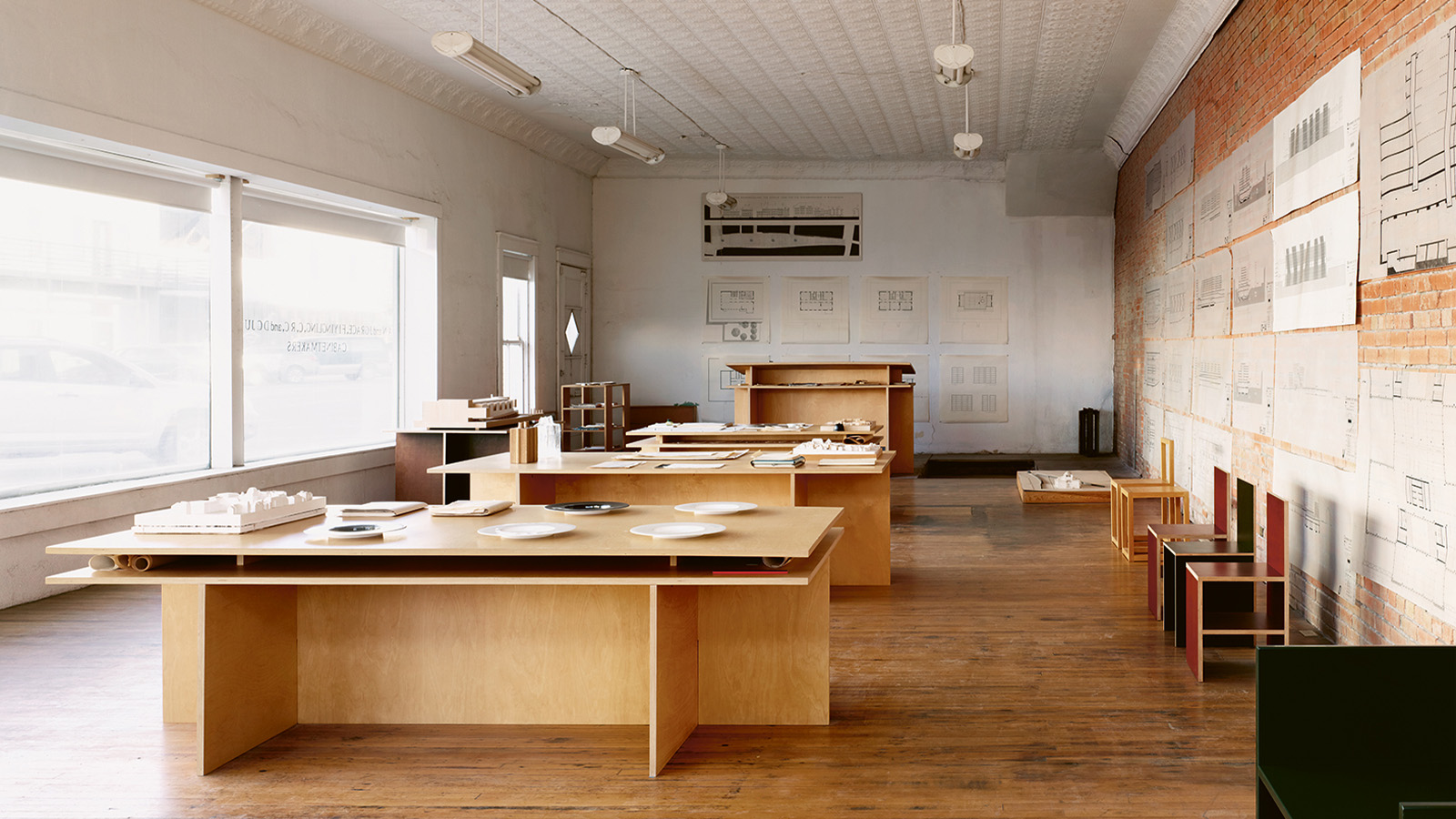 ‘You’ve got to hang out with Judd furniture… you learn something’: Rainer Judd
‘You’ve got to hang out with Judd furniture… you learn something’: Rainer JuddAs new book ‘Donald Judd Furniture’ lands, the artist’s children Rainer and Flavin discuss their father’s legacy
-
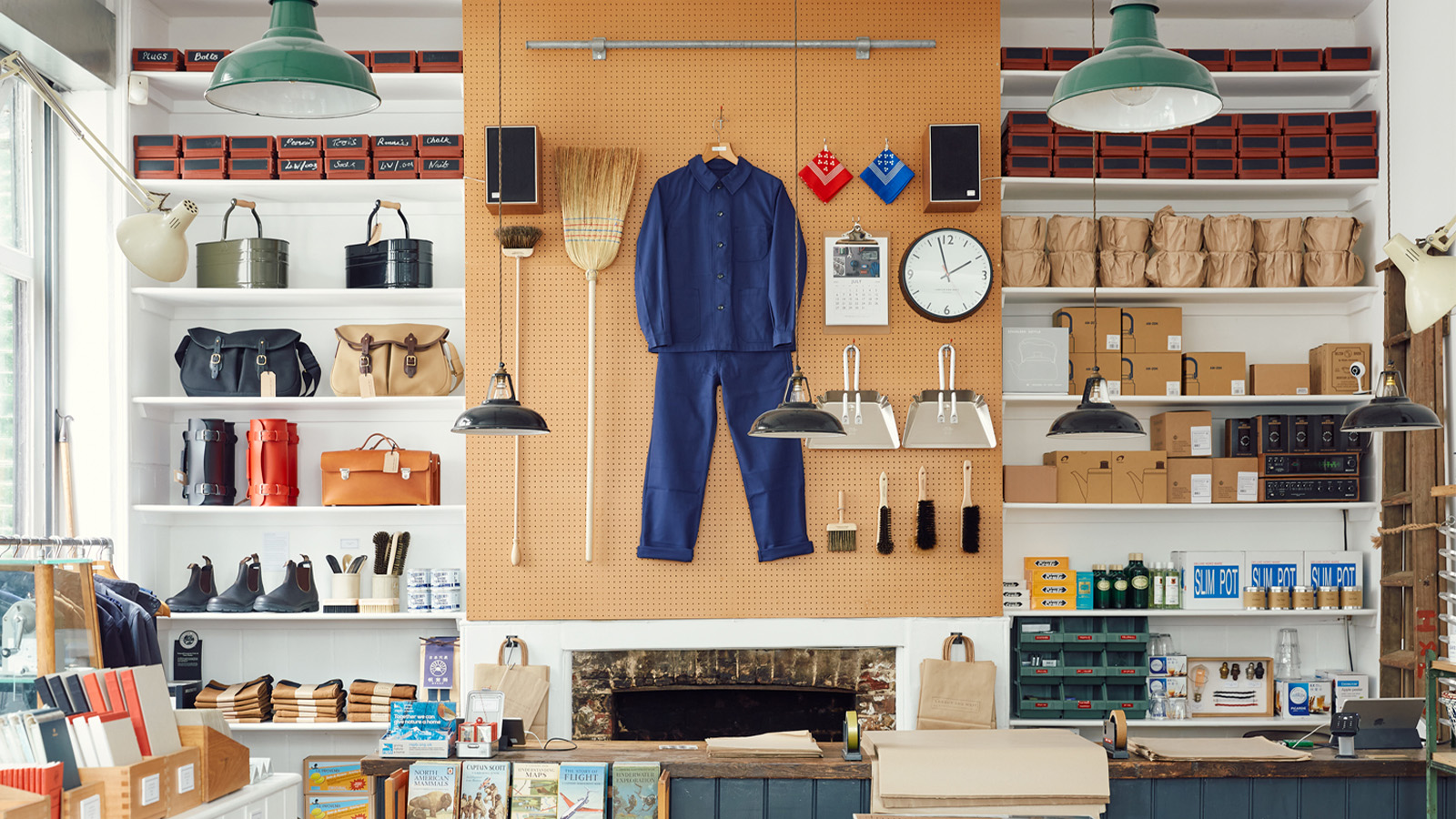 Discover London’s lesser-known design gems with ‘an opinionated guide’
Discover London’s lesser-known design gems with ‘an opinionated guide’‘An opinionated guide to Design London’ by Sujata Burman and Wallpaper’s Rosa Bertoli is a carefully curated tour of intriguing design spots across the capital
-
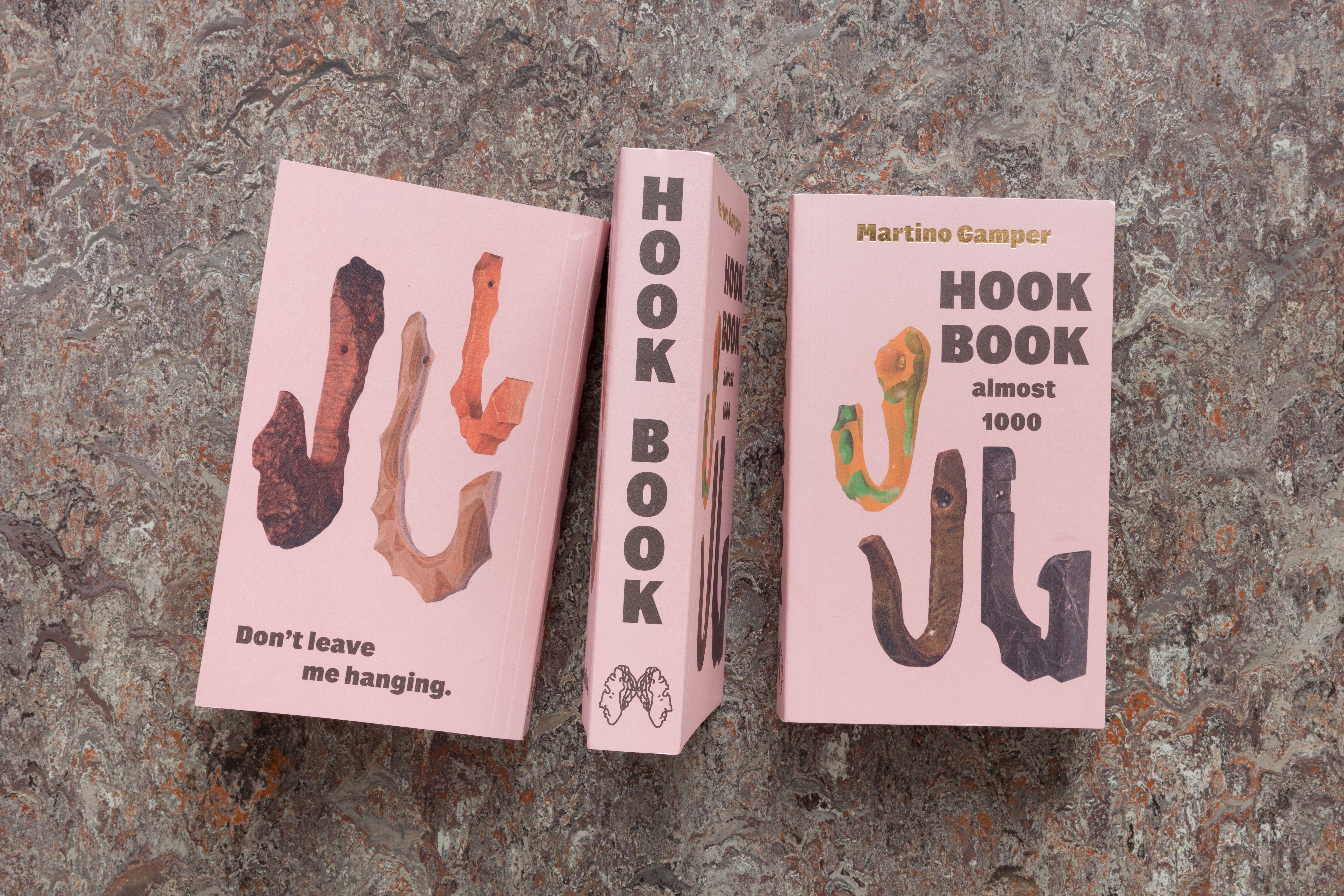 Well hung? We interview Martino Gamper about his new book of (around) 1,000 hooks
Well hung? We interview Martino Gamper about his new book of (around) 1,000 hooksItalian maverick designer Martino Gamper doesn't hang around. He has a new book featuring 1,000 hooks made by hand. We ask him how and why...
-
 New Louis Poulsen book explores the Danish lighting company's illuminating world
New Louis Poulsen book explores the Danish lighting company's illuminating worldLouis Poulsen: First House of Light, published by Phaidon, is a new design book delving into the Danish company's world of radiant lighting